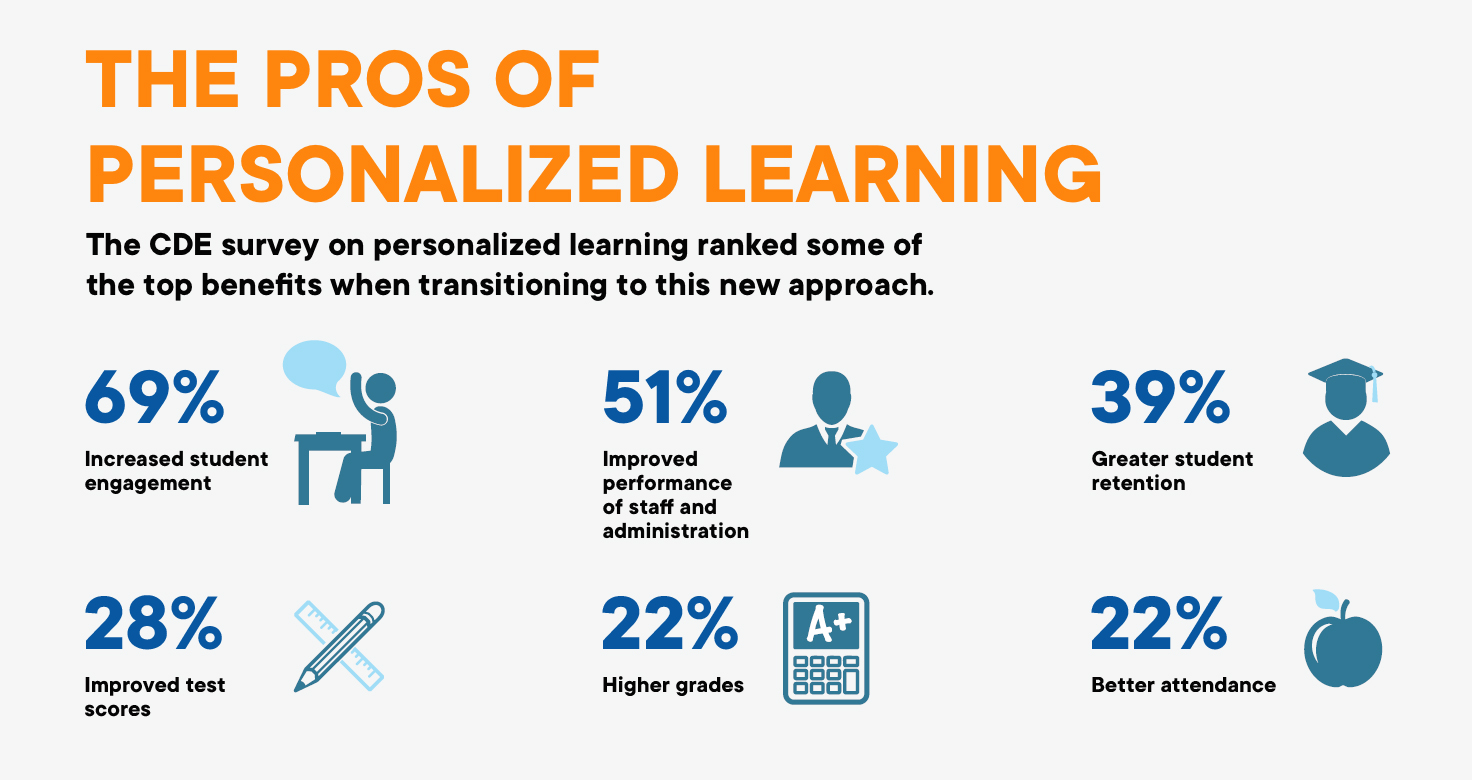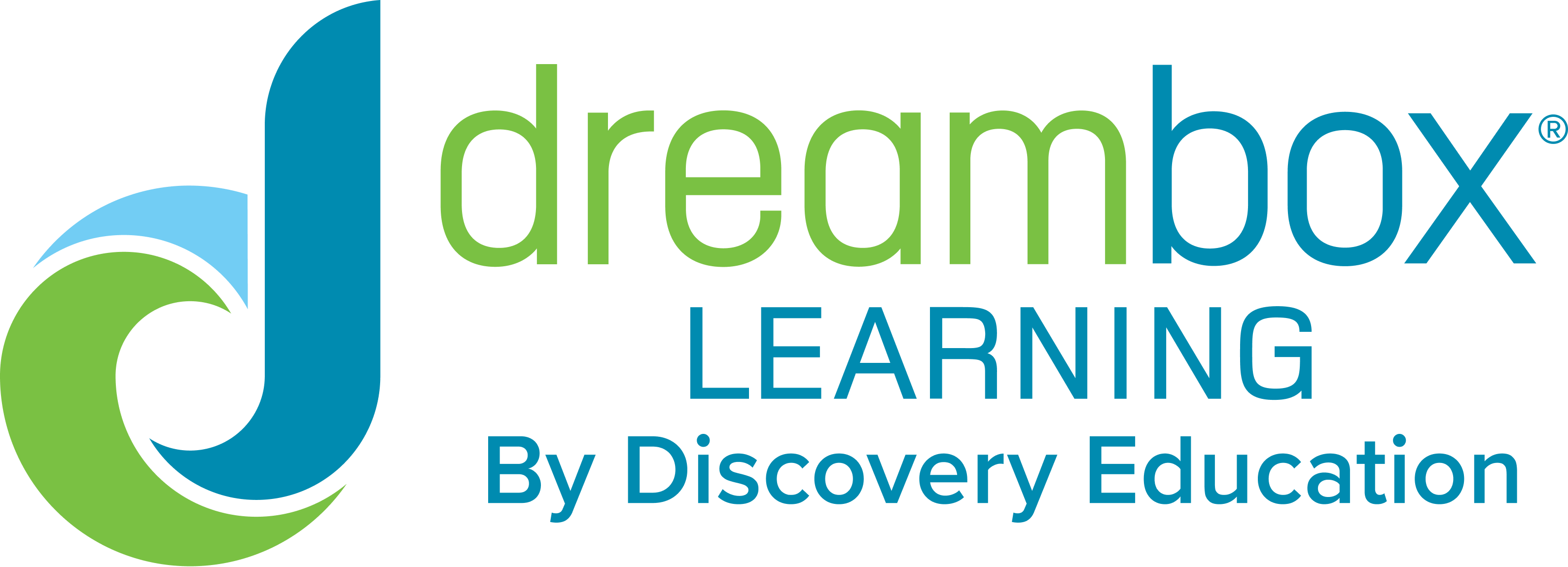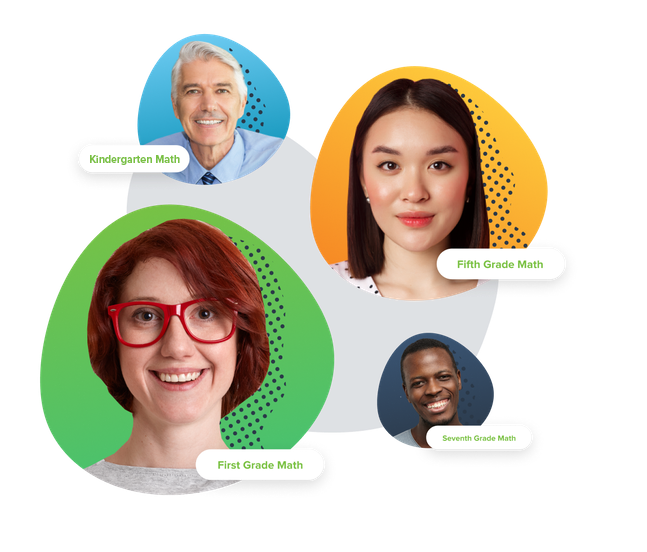Pathways to Personalized Learning
When Cynthia White became principal at Cleveland Elementary in Santa Barbara, Calif., in 2012, she quickly went to work to improve academic performance — at the time, the school was the second-lowest performing in the county.
One of the first academic areas she addressed was math instruction. White piloted a game-like, personalized learning program for a month, then offered it to all classes in the school except for one that was tablet only (the program was not available in tablet version). In the beginning, teachers were underwhelmed. “After the first month in my pilot, my teachers said, ‘We don’t get it. We don’t see what’s really happening,’” says White.
White and the teachers looked at the program reports and saw that students had many foundational gaps. Even students in the third grade were missing kindergarten-level concepts, making it unrealistic to expect an immediate leap to third-grade math performance.
By the end of the second month, as those gaps began to be filled, “the teachers noticed the students were more engaged and on task with math lessons, and the teachers started to see how intelligent software works with students,” says White.
To help teachers understand how to use data from the program, White paid one techsavvy teacher to help train the others. By the end of the school year, the math program was the most preferred activity for students — over and above every other program.
“A higher interest in math is probably the greatest outcome above and beyond scores,” says White. At least 30 percent of students began using the program at home because they enjoyed it so much.
The software White chose is geared to grades K through 5. However, she suggested its use to a friend who is a junior high school principal. “I told her, ‘You’ve got students coming in to your junior high who are not performing at fifth-grade level. How are you filling in those gaps? Who is working with those students?’”
After her friend tried the program, she called White with an update. “She said one of her students who tried and tried but was just not getting math came out of a computer lab tutoring session at the end of the school day and ran all the way down the hall calling out to her: ‘I get math! I get it! I get math!’”

This is just one picture of personalized learning — an approach to education that ties learning to an individual student’s strengths, weaknesses and interests; that often lets the student work at his or her own pace, and, where possible, allows students to direct their own lessons.
Personalized learning is in stark contrast to the traditional, one-size-fits-all model of education where students are assigned to a grade level and attend class for an allotted amount of time each day. Traditionally, these students are taught the same curriculum at the same time in the same manner, without regard to individual differences.
While most schools still operate in this traditional manner, personalized learning is an emerging educational approach that is being adopted in K-12 and higher education classrooms. It has been endorsed by the U.S. Department of Education, which gave priority in recent Race to the Top awards to applicants that had developed personalized instructional plans. Additionally, personalized learning environments were predicted to be widely adopted within the next two to three years by the New Media Consortium’s 2012 Horizon Report.
New research from the Center for Digital Education (CDE) shows that personalized learning is not yet widespread — but it is a top priority for educators and administrators at all levels of education. In the 2013 survey commissioned for this Special Report, out of 120 K-20 education officials, 63 percent said creating a personalized learning environment was a top priority for their education institutions.
This CDE Special Report looks at the personalized learning movement sweeping through K-20 education. It will present research and firsthand accounts of how personalized learning is transforming the way we have traditionally viewed the educational model, and how leaders can overcome challenges to bring its benefits to their institutions.
White Paper Contents
- Getting Personal: Moving Away from One-Size-Fits-All Education
- The Promise of Personalized Learning
- How Personalized Learning is Supported by New Technologies
- Preparing the Way to Personalized Learning
- Changing the Future of Education










